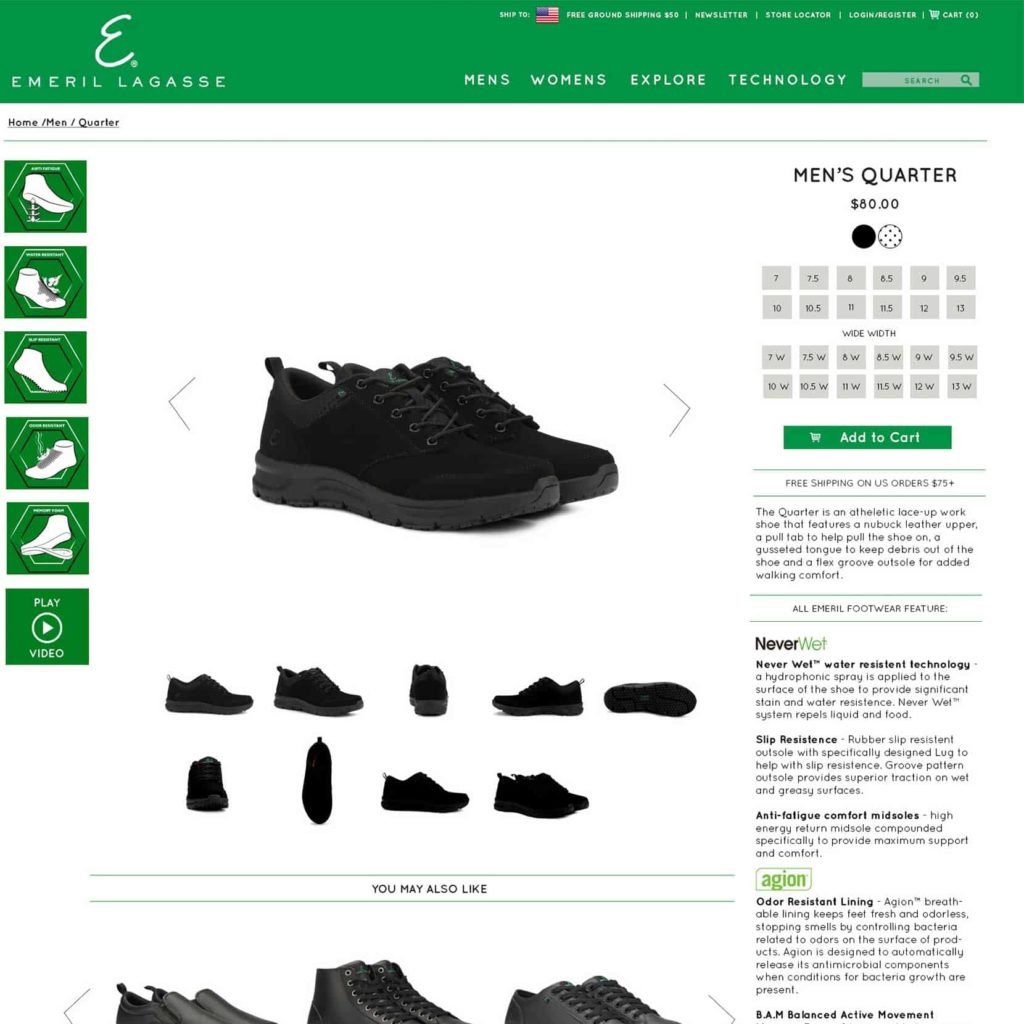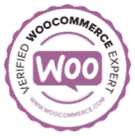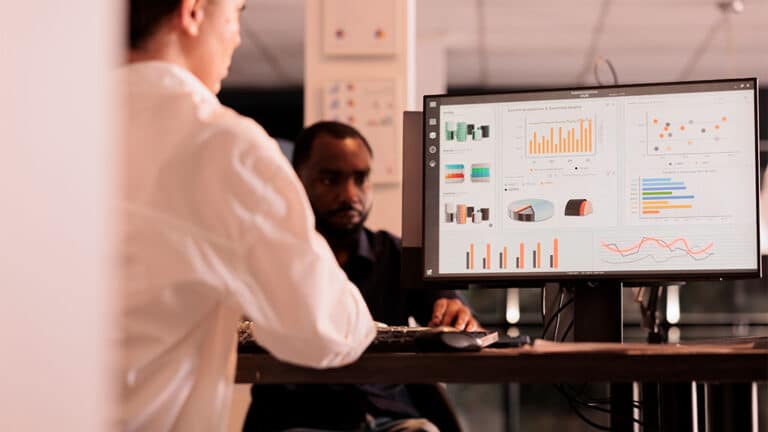How Your E-Commerce Store Can Conquer 2016
For several years, e-commerce has steadily evolved. 2015’s Black Friday saw record numbers of online sales, and it’s indicative of a larger trend: people prefer to shop online. E-commerce offers convenience, speed, and a wealth of options. In 2016, e-commerce will continue to evolve– that’s a guarantee. As e-commerce evolves, your operation needs to evolve as well. This blog post will explain where e-commerce is going, and how you can adapt to its movement.
Consumers expect convenience
This was already the case in 2015, but expect this trend to stick around for 2016. The user experience of your website should be convenient for your shoppers. This means the website needs to be fast, the shopping cart should be intuitive, and the entire buying process should be streamlined.
Multi-Device shopping will continue to be popular
Your website needs to be accessible and functional across all devices: desktops, mobile phones and tablets. Consumers are shopping for products on multiple devices. Someone can browse your site while on their job, add a product to the shopping cart, and checkout out on their desktop once they return to their home. In many posts on this blog, we’ve explained that mobile usage has exploded, and because it has, multi-device shopping must be integrated into your e-commerce store. Your website must be compatible across all screens.
Focus on the needs and wants of your target market
The only way to know your target market is to review and utilize any data that you’ve accumulated. Data is accumulated by surveying your customers, asking relevant questions, and using tracking software like Google Analytics. This is all done to uncover how people interact with your site, the areas in which you can improve, and what people really want to see when they open your site. This information paints a clear picture of your customers’ buying behavior. Data is your best friend.
Actively engage customers
A large amount of competitors can make an arena very noisy. In e-commerce your competition is literally a click away. When you have too many competitors trying to climb to the top, it’s too easy to get pushed down. The best way to combat this is to actively engage your customers. What does this mean? Make it easy to interact with your site visitors, create valuable and actionable content, be helpful and friendly on social channels.
In physical stores, there are service and sales agents on-site, which makes it easy to disarm customers of any doubts or concerns they may have about a product. When you have employees roaming the aisles to help customers, it can accelerate purchase decisions. Since you’re online, you don’t have that option, so you have to push to be accessible across all platforms, and open the lines of communication. Active engagement provides the perfect vehicle to do this. You spark the initiative; you don’t merely wait for customers to come to you, as it may be too late once it reaches that point.
Faster delivery
Because you have companies like Amazon pushing the logistical boundaries on e-commerce with new features like same-day delivery, it forces other retailers to adapt to its blistering pace. While you may not be able to provide super-quick same-day delivery services, just realize that consumers expect “bigger, stronger and faster” in almost every aspect of their online shopping experience. This can span different elements of your operation: from the amount of time your site loads, to the easiness of your checkout, customers expect the overall logistics of your operation to move at the speed of the bullet.
Conclusion
Navigating e-commerce in 2016 could be tricky. The landscape has changed, buying behavior has evolved, and you may need to expand your efforts to keep up. On the other hand, opportunity for online retail has never been greater. Adapt your game plan to meet the expectations of modern shoppers, and surpass your competition in the process.
Are you ready to discuss your next e-Commerce project with the leader in e-Commerce store development and digital marketing? If so, contact Zen Agency today! We are a group of WooCommerce experts.


















